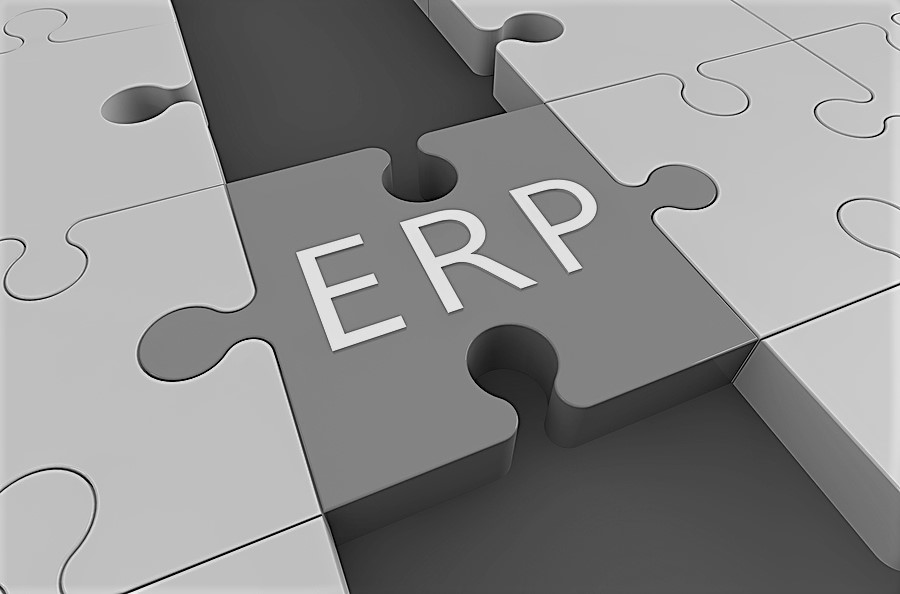 Change is hard. When Facebook moved to the timeline layout many years ago, there was bitter outrage. Now most users can’t remember what the platform originally looked like. We balk when someone sits in “our” chair or parks in “our” spot. Even literal change is hard for some: In 2016, it was estimated that Americans threw away $62 million in coins each year.
Change is hard. When Facebook moved to the timeline layout many years ago, there was bitter outrage. Now most users can’t remember what the platform originally looked like. We balk when someone sits in “our” chair or parks in “our” spot. Even literal change is hard for some: In 2016, it was estimated that Americans threw away $62 million in coins each year.
If it’s time to research a new ERP system because yours no longer fits your business, that’s a change you should be willing to get behind.
Many midsize businesses are using outdated systems and haven’t found a modern ERP platform that works. It can be hard to make important changes and improvements to your business processes when your business is growing quickly. And when we say changes, we mean with everything: new vendor relationships, product and service enhancements, an increased number of customer issues, new hires, requests for timely financial and operational reports, you name it.
The trouble is, focusing on solving immediate problems makes it hard to plan for “what’s next.” A game-changing opportunity could be staring you in the face or a new threat could be lurking behind the corner, but can you see them, let alone proactively respond?
Cloud ERP: Always Prepared
Competitive businesses need the flexibility and agility to act fast. That means your business systems, data, and processes need to keep your employees nimble and enable ongoing change. A modern, comprehensive, cloud-based ERP system and ERP platform give you the tools, insights, and scalability to keep up and keep going. Here’s why:
Process Automation
The most common organizational growing pains an be eliminated; in most cases, by expanding real-time corporate wide information sharing with technology.
Modern cloud-based ERP systems digitize data, taking it out of spreadsheets and manual workflows, to automate key processes and provide decision-makers with on-demand insights. Additionally, with digitally-centric streamlined processes running, your employees can focus their time and energy on more strategic, business-building activities, such as improving vendor relationships and enhancing customer-facing operations.
Manageable IT
Most medium-sized business lack the level budget of their enterprise-sized counterparts, but that doesn’t mean they have to settle for second-best in the IT department. Now, mid-sized businesses are no longer limited to low end boxed software or customized on-premise solutions that bear hefty price tags and ongoing maintenance costs.
Thanks to the cloud computing delivery model, best-in-class business software is finally within your reach, providing lower software costs, hardware costs, and personnel costs.
- Lower software costs.Users of Software as a Service (SaaS) solutions take advantage of shared resources. Some of these cloud-based solutions don’t even require user licenses: This service can be priced on the resources you require, not the number of users.
- Lower hardware costs.Since cloud-based ERP software is accessible through the internet, users won’t need new computers, and the server room doesn’t need new hardware. That adds up to essentially zero IT investment up-front to get the software installed.
- Lower personnel costs.Your SaaS ERP publisher and support partner can manage software maintenance and support such as training, troubleshooting, bug-fixing, updating, and all-around question-answering. This eliminates the need to bulk-up in house IT teams to support ERP software, while leaving existing staff with more bandwidth to focus on other revenue generating projects.
Function-up
Today, your company’s vital technology solutions need to be full function and flexible. That means you might start your foray into the ERP-sphere with the areas you’re most desperate to automate and take control of, such as financial management and CRM functionality. When you’re ready you’ll be ready to plug into new tools that support distribution management and eCommerce. Or perhaps you’ll be ready for more powerful BI capabilities.
As your accounting, reporting, compliance, and other “fill-in-the-blank” requirements become more sophisticated, you’ll need your ERP system to accommodate more and do more. After all, you’ll have more customers, more data, and more at stake in your competitive marketplace. Cloud ERP systems are designed for you to start small, relatively speaking, and expand business processes into new territory as soon as you’re ready. To enable that, modern cloud-based solutions are built with flexible interfaces (APIs), so they’re easily integrated with other cloud-based applications.
Cloud ERP systems on-the-go
With the advent of cloud ERP, staff, customers, and suppliers gained access to their information on any connected device—without adding additional user licenses—upping their functionality.
The best ERPs to avoid those growing pains are the scalable ERPs that can grow and stretch right alongside you. It’s hard to make nimble changes in response to market trends and buyer personas. At ASI, we believe in that scalability and accountability. Need help getting your data into one place for easy access? Contact ASI today or call 830-252-6154.

